Treating neurological diseases by intervening directly in the brain
i3S is one of the partners in an international project recently funded with more than 16 million euros (24 million Canadian dollars) by the New Frontiers in Research Fund (NFRF) Transformation Grant. The objective of the consortium, which comprises 20 Canadian and 4 European research groups, is to develop methodologies to treat certain types of neurological diseases associated with the loss of neurons, intervening directly in the brain of patients, more specifically in the place where the lesion occurred.
Contributed to by all three Canadian government agencies for research - Canadian Institutes of Health Research (CIHR), Natural Sciences and Engineering Research Council (NSERC) and Social Sciences and Humanities Research Council (SSHRC) - this funding is for six years from March, and is under the coordination of the Canadian Sunnybrook Research Institute. The i3S team, coordinated by researcher Diogo Castro, leader of the Stem Cells & Neurogenesis group, will receive around 750 thousand euros.
Although there is no cure for neurological disorders associated with neuronal dysfunction or loss, so-called direct neuronal reprogramming (conversion of other cells into neurons) is increasingly seen as a promising strategy to “repair” the brain in pathological situations associated with neuronal loss, which can happen in the case of neurodegenerative diseases or strokes. The roots of this idea are from the encouraging results of experiments carried out in cell cultures that use proteins, called transcription factors, to turn on and off genes to give cells the characteristics of neurons.
The challenge now is to carry out neuronal reprogramming directly in the brain. For this, explains researcher Diogo Castro, it is necessary to overcome barriers which the Consortium has already identified as its strategic objectives for the next six years. Using animal models, the researchers will identify the ideal set of transcription factors to obtain certain types of neurons (each disease is associated with the loss of specific types of neurons); to develop methodologies to place the factors inside the brain cells to be reprogrammed, and to find ways to evaluate the success of the neuronal reprogramming, for example using imaging techniques of brain functioning.
“The long-term objective”, Diogo Castro says, “is to conceive clinical applications for neuronal reprogramming directly in the brain of patients, more specifically in the area where there is loss of neurons, generating new neurons from resident cells of the adult brain, namely astrocytes. But first we need to do proof of concept in preclinical models”. Astrocytes, explains the researcher, “due to their plasticity, abundance and location, are the ideal candidate for this purpose, as they can be converted into neurons with relative ease and are disseminated throughout the organ”.
Diogo Castro’s group has been discovering how the transcription factors involved in the generation of neurons work during embryonic development, which are the same ones used in the reprogramming process. Within the specific scope of this consortium, the group will contribute to the mapping of the binding sites of transcription factors to the genome of astrocytes during neuronal reprogramming. This is an important step towards improving this process, identifying existing natural barriers and making it as efficient as possible.

